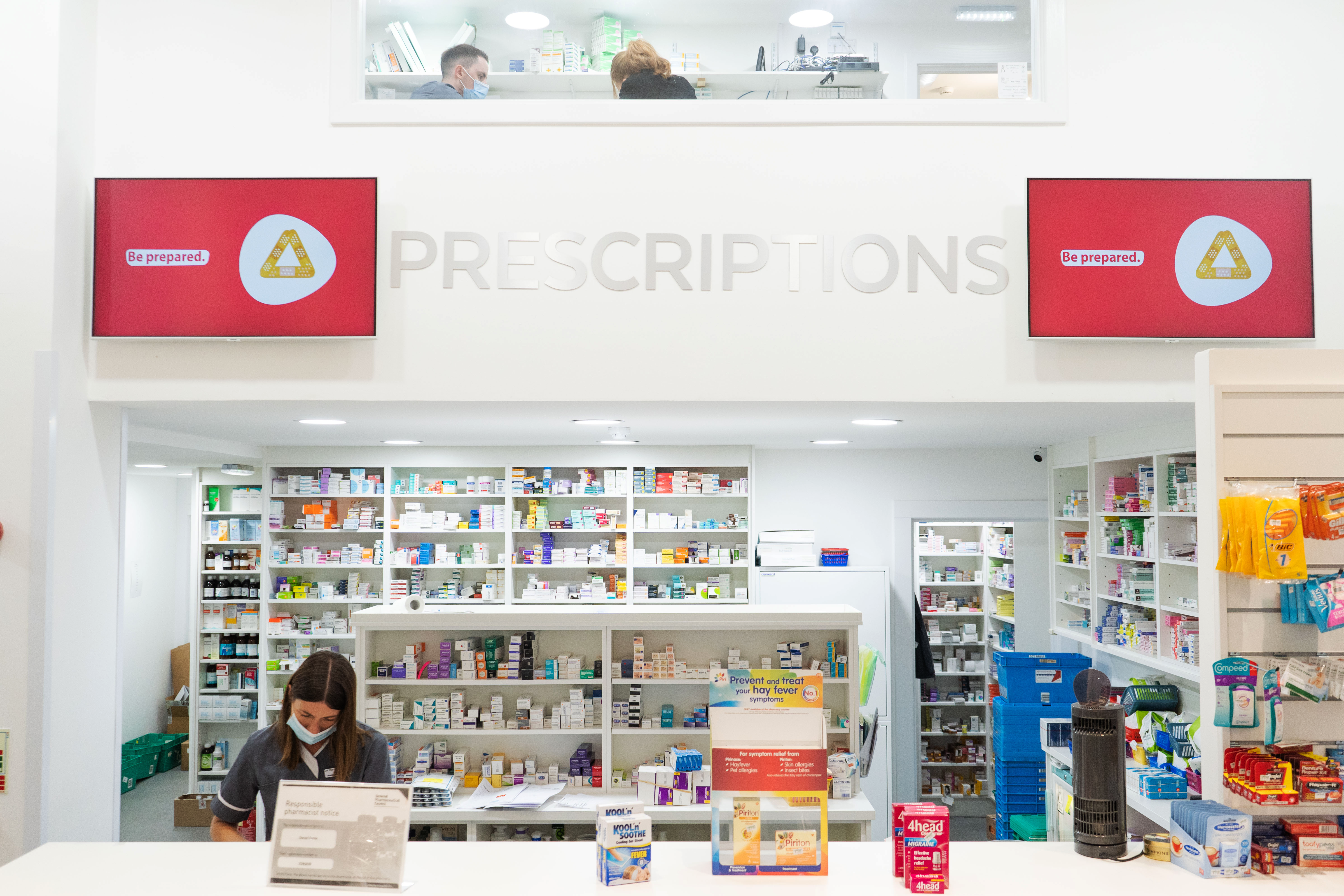

By Cegedim Healthcare Solutions
On Dec 8, 2022
Read time
5 minutes
Why is inventory management important in pharmacies?
Inventory management is the biggest ongoing cost challenge in any pharmacy.
Excess and unsold stock ties up money that could be used to improve the services your community pharmacy offers.
Not having necessary items in stock or on order leads to a bad customer experience, which can see patients taking their prescriptions elsewhere.
Poor inventory management can also result in failing to sell items before their expiry dates or not putting returned or uncollected repeat prescriptions back into stock.
In short, effective inventory management is necessary to improve cash flow, increase margins by reducing waste and improve the service you offer. While all modern pharmacies now use a PMR system to manage dispensing, some software packages also integrate stock and inventory management functions in this process, automating stock checks and even orders needed to fulfil prescriptions.
These reflect the importance of pharmacy inventory management by making tasks like the following more efficient:
Monitoring stock levels
Monitoring stock levels used to be a time-consuming task, requiring pharmacy staff to manually count items. Today’s PMR systems can synchronise with your ePOS systems, and automatically update inventory levels as items are sold. If you update the price of an item, this will automatically be applied the next time the item is sold. In addition, the software gives you a real-time view of stock levels, ensuring you have the information you need to optimise them.
Avoiding excess stock
If you can prevent overstocking, while making sure popular items are always available, you can deliver good customer service at a lower inventory cost. Good pharmacy software will allow you to instantly analyse the rate at which items sell, allowing you to reduce future stock levels to a more optimal level.
Avoiding under stocking
It’s equally important to avoid under stocking. Not having the items your patients need means you’ll be left owing them prescription balances or they’ll go elsewhere.
A decent pharmacy software package should provide you with intelligence to help you analyse how much stock you need to iron out ‘often owed’ items and alert you when certain items fall below a predefined level.
Reducing dead stock
Another drawback of overstocking is that it leads to ‘dead’ stock – unsold medicines that have passed their expiry date. Because these can’t be sold, they result in lost revenue. A significant amount of dead stock is generated by uncollected repeat prescriptions. In the past, keeping tabs on these items was time-consuming and difficult to keep on top of. Today, pharmacy inventory software can alert you when a prescription hasn’t been collected, which allows you to return items to your inventory before their expiry dates.
Identifying sales trends
Good inventory management in pharmacies requires the ability to spot and react to sales trends. For example, in spring and summer, there is greater demand for both prescription and OTC hay fever medicines. Similarly, demand for cold and flu remedies spikes in autumn and winter. However, there are many other factors that can influence sales trends. For example, if a manufacturer releases the first generic version of a popular drug, it’s likely that GPs will increasingly prescribe this. If you have software that allows you to analyse usage trends at a glance, you can make sure you adjust your stock order levels accordingly – whether demand for an item is rising or falling. In effect, you are making smart use of your data to increase your ROI.
Lot tracking
Lot tracking is of key importance to inventory management in pharmacies. If you can quickly identify and locate specific batches of medication, it’s easier to remove them from inventory. You may need to do this because a particular batch has expired or, in rare circumstances, because it has been recalled. You can speed up lot tracking by using a barcode scanner that integrates with your pharmacy software. This will immediately tell you whether an item belongs to a specific batch.
First-in, first-out dispensing
Another benefit of lot tracking ensures that you can more easily practise ‘first-in, first-out’ dispensing. By organising inventory by batch, you can ensure that all items are dispensed with the nearest possible expiry date. Effective inventory software will ensure that you dispense all items in one batch before moving on to the next.
High-risk medicine management
High-risk medicine includes items that are extremely expensive, are in low demand or have a short shelf life – or any combination of the three. As a result, your inventory management procedures need to identify these items, so you can offer refills without keeping large stocks of them. You can use pharmacy software to flag up high-risk medicines, allowing you to use next-day delivery to co-ordinate repeat prescriptions with the relevant customers. In this way, you lessen the risk of ordering in items that won’t get prescribed, leaving you to shoulder the cost.
Spotting shrinkage
Before the days of digital inventory management, spotting shrinkage usually took a full manual stocktake. Modern pharmacy software makes it possible to spot unusual activity much faster. If remaining stock does not reflect the number of items sold or prescribed, you can quickly find out which items are affected. This allows you to get on top of the problem by investigating why items have gone missing – whether it’s because checkout procedures aren’t being followed correctly, or even because medicines have been stolen.
Automating processes
Effective pharmacy inventory management relies more and more on automating processes. While not every community pharmacy has the resources to invest in robots that automate dispensing, many use software that helps them reduce the time they spend on administrative tasks, ordering and delivery processes.
For example, some PMR systems will automatically re-order items when stocks run low. Barcode scanners make light work of regular stock taking. Integrated POS systems automatically update stock levels as sales are made. GPs send repeat prescriptions electronically, meaning they can be fulfilled before a patient comes into the pharmacy. As technology improves, inventory management is becoming more powerful and user-friendly – allowing pharmacy staff to concentrate on providing a better customer experience.
One final tip…
Effective inventory management saves time, saves money and gives patients a much better service. However, to maximise the gains you get from inventory management, it’s vital to make sure your PMR software is fit for purpose.
If your system is struggling to cope, it may be time to switch to a package such as Pharmacy Manager.
To help you evaluate whether you need to change provider, we’ve created a free, downloadable guide, How to change PMR provider.
It can also help you make the transition to new software much smoother.

